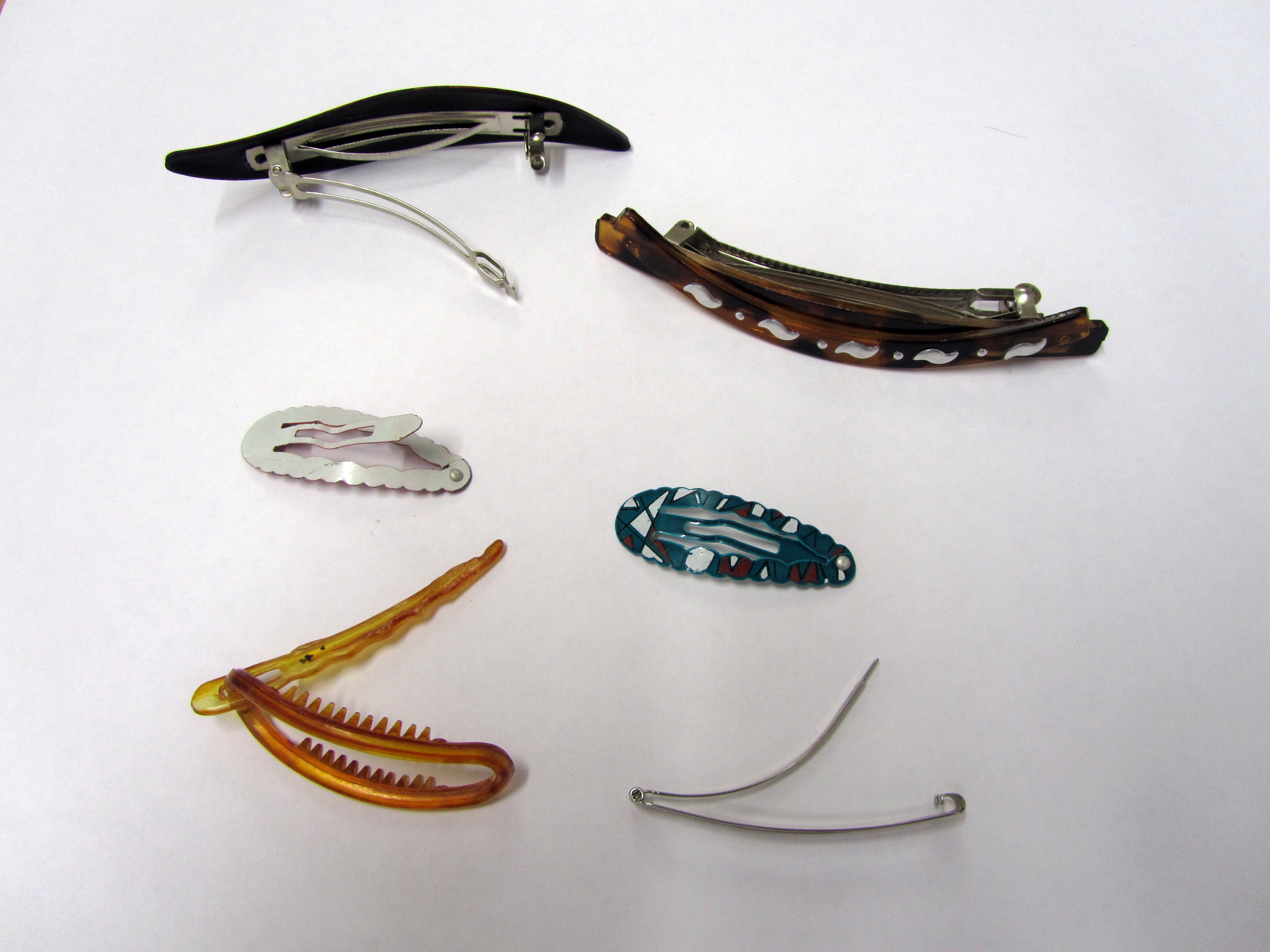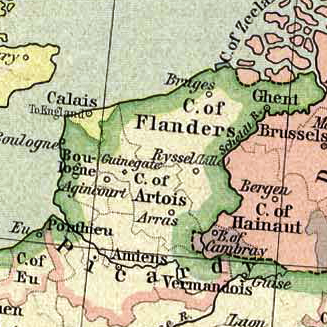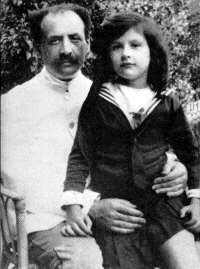|
Barette (sport)
Barette, Barrette or Barrette Acquitaine was a form of football, originating in the south-west of France. Very similar in outward appearance to rugby union, it was codified in the 1880s and evolved into a popular women's team sport in the 1920s before disappearing shortly before the Second World War. Background La Barette, or "the football", was played for many years prior to the nineteenth century in southern and central France. Also known as ''hien'' in Picardy, Artois and Brittany, and sometimes ''soule'' or ''shul'' its name comes from the name for the ball - the "barette". Originally there were fairly large local differences: in some areas the ball or barrette could (or had to) be struck "with the fist" (sometimes protected by a gauntlet, a leather cuff, or wood) while elsewhere only the foot could be used, although in all versions the ball could also be carried. The shape of the ball was also variable: sometimes it is spherical, sometimes ovoid, and it also varied in size. ... [...More Info...] [...Related Items...] OR: [Wikipedia] [Google] [Baidu] |
Soccer
Association football, more commonly known as football or soccer, is a team sport played between two teams of 11 players who primarily use their feet to propel the ball around a rectangular field called a pitch. The objective of the game is to score more goals than the opposition by moving the ball beyond the goal line into a rectangular framed goal defended by the opposing side. Traditionally, the game has been played over two 45 minute halves, for a total match time of 90 minutes. With an estimated 250 million players active in over 200 countries, it is considered the world's most popular sport. The game of association football is played in accordance with the Laws of the Game, a set of rules that has been in effect since 1863 with the International Football Association Board (IFAB) maintaining them since 1886. The game is played with a football that is in circumference. The two teams compete to get the ball into the other team's goal (between the posts and under t ... [...More Info...] [...Related Items...] OR: [Wikipedia] [Google] [Baidu] |
Rugby Union
Rugby union, commonly known simply as rugby, is a close-contact team sport that originated at Rugby School in the first half of the 19th century. One of the two codes of rugby football, it is based on running with the ball in hand. In its most common form, a game is played between two teams of 15 players each, using an oval-shaped ball on a rectangular field called a pitch. The field has H-shaped goalposts at both ends. Rugby union is a popular sport around the world, played by people of all genders, ages and sizes. In 2014, there were more than 6 million people playing worldwide, of whom 2.36 million were registered players. World Rugby, previously called the International Rugby Football Board (IRFB) and the International Rugby Board (IRB), has been the governing body for rugby union since 1886, and currently has 101 countries as full members and 18 associate members. In 1845, the first laws were written by students attending Rugby School; other significant even ... [...More Info...] [...Related Items...] OR: [Wikipedia] [Google] [Baidu] |
Barette
A barrette (American English), also known as a hair slide (British English), or a hair clip, is a clasp for holding hair in place. They are often made from metal or plastic and sometimes feature decorative fabric. In one type of barrette, a clasp is used to secure the barrette in place; the clasp opens when the two metal pieces at either side are pressed together. Barrettes are worn in several different ways partly according to their size, with small ones often used at the front and large ones in the back to hold more hair. They are used to keep hair out of the eyes, or to secure a bun, French twist, or ponytail. Short metal "clip" barrettes are sometimes used to pull back front pieces of hair. Barrettes are also sometimes used purely for decorative purposes, usually by women. Larger barrettes—as long as —are designed to pull back longer hair or a large amount of hair and are usually worn at the back of the head, often "tails up". If the intent is to pull hair back, the l ... [...More Info...] [...Related Items...] OR: [Wikipedia] [Google] [Baidu] |
Picardy
Picardy (; Picard and french: Picardie, , ) is a historical territory and a former administrative region of France. Since 1 January 2016, it has been part of the new region of Hauts-de-France. It is located in the northern part of France. History The historical province of Picardy stretched from north of Noyon to Calais via the whole of the Somme department and the north of the Aisne department. The province of Artois ( Arras area) separated Picardy from French Flanders. Middle Ages From the 5th century, the area formed part of the Frankish Empire and, in the feudal period, it encompassed the six countships of Boulogne, Montreuil, Ponthieu, Amiénois, Vermandois and Laonnois.Dunbabin.France in the Making. Ch.4. The Principalities 888–987 In accordance with the provisions of the 843 Treaty of Verdun, the region became part of West Francia, the later Kingdom of France. The name "Picardy" derives from the Old French ''pic,'' meaning "pike", the characteristic weapon u ... [...More Info...] [...Related Items...] OR: [Wikipedia] [Google] [Baidu] |
Artois
Artois ( ; ; nl, Artesië; English adjective: ''Artesian'') is a region of northern France. Its territory covers an area of about 4,000 km2 and it has a population of about one million. Its principal cities are Arras (Dutch: ''Atrecht''), Saint-Omer, Lens, and Béthune. It is the eponym for the term '' artesian''. Location Artois occupies the interior of the Pas-de-Calais ''département'',"Artois" in ''The New Encyclopædia Britannica''. Chicago: Encyclopædia Britannica Inc., 15th ed., 1992, Vol. 1, p. 607. the western part of which constitutes the former Boulonnais. Artois roughly corresponds to the arrondissements of Arras, Béthune, Saint Omer, and Lens, and the eastern part of the arrondissement of Montreuil. It occupies the western end of the coalfield which stretches eastward through the neighbouring Nord ''département'' and across central Belgium. History Originally a feudal county itself, Artois was annexed by the county of Flanders. It came to France in ... [...More Info...] [...Related Items...] OR: [Wikipedia] [Google] [Baidu] |
Brittany
Brittany (; french: link=no, Bretagne ; br, Breizh, or ; Gallo language, Gallo: ''Bertaèyn'' ) is a peninsula, Historical region, historical country and cultural area in the west of modern France, covering the western part of what was known as Armorica during the period of Roman occupation. It became an Kingdom of Brittany, independent kingdom and then a Duchy of Brittany, duchy before being Union of Brittany and France, united with the Kingdom of France in 1532 as a provinces of France, province governed as a separate nation under the crown. Brittany has also been referred to as Little Britain (as opposed to Great Britain, with which it shares an etymology). It is bordered by the English Channel to the north, Normandy to the northeast, eastern Pays de la Loire to the southeast, the Bay of Biscay to the south, and the Celtic Sea and the Atlantic Ocean to the west. Its land area is 34,023 km2 . Brittany is the site of some of the world's oldest standing architecture, ho ... [...More Info...] [...Related Items...] OR: [Wikipedia] [Google] [Baidu] |
Drop-kick
A drop kick is a type of kick in various codes of football. It involves a player dropping the ball and then kicking it as it touches the ground. Drop kicks are used as a method of restarting play and scoring points in rugby union and rugby league. Also, association football goalkeepers often return the ball to play with drop kicks. The kick was once in wide use in both Australian rules football and gridiron football, but is rarely used anymore by either sport. Rugby Drop kick technique The drop kick technique in rugby codes is usually to hold the ball with one end pointing downwards in two hands above the kicking leg. The ball is dropped onto the ground in front of the kicking foot, which makes contact at the moment or fractionally after the ball touches the ground, called the ''half-volley''. The kicking foot usually makes contact with the ball slightly on the instep. In a rugby union kick-off, or drop out, the kicker usually aims to kick the ball high but not a great di ... [...More Info...] [...Related Items...] OR: [Wikipedia] [Google] [Baidu] |
Rugby League Playing Field
The rugby league playing field, also referred to as a pitch or paddock, is the playing surface for the sport of rugby league football and is surfaced exclusively with grass. The dimensions and markings of a full-sized playing area are defined in Section 1 of the '' Laws of the Game''. RLIF, 2004: 2 These Laws are the agreed upon and maintained by the Rugby League International Federation. The playing field is defined as "the area bounded by, but not including, the touch lines and dead ball lines" by Section 2. RLIF, 2004: 6 If the ball or any player in possession of it makes contact with the touch lines or dead ball lines or the ground beyond them it is deemed to be out of play. The rugby league field also has markings to denote where restarts, such as scrums, should be placed. Dimensions A rugby league pitch (or field) is wide and long. The try lines (or goal lines) stand apart. On each one is a goal post that is wide and at least high, with a crossbar set above the groun ... [...More Info...] [...Related Items...] OR: [Wikipedia] [Google] [Baidu] |
Simone Weil
Simone Adolphine Weil ( , ; 3 February 1909 – 24 August 1943) was a French philosopher, mystic, and political activist. Over 2,500 scholarly works have been published about her, including close analyses and readings of her work, since 1995. After her graduation from formal education, Weil became a teacher. She taught intermittently throughout the 1930s, taking several breaks due to poor health and to devote herself to political activism. Such work saw her assisting in the trade union movement, taking the side of the anarchists known as the Durruti Column in the Spanish Civil War, and spending more than a year working as a labourer, mostly in car factories, so she could better understand the working class. Taking a path that was unusual among 20th-century left-leaning intellectuals, she became more religious and inclined towards mysticism as her life progressed. Weil wrote throughout her life, although most of her writings did not attract much attention until after her death. ... [...More Info...] [...Related Items...] OR: [Wikipedia] [Google] [Baidu] |
Christian Mystic
Christian mysticism is the tradition of mystical practices and mystical theology within Christianity which "concerns the preparation f the personfor, the consciousness of, and the effect of ..a direct and transformative presence of God" or Divine ''love''. Until the sixth century the practice of what is now called mysticism was referred to by the term ''contemplatio'', c.q. ''theoria'', from '' contemplatio'' (Latin; Greek θεωρία, ''theoria''), "looking at", "gazing at", "being aware of" God or the Divine.William Johnson, ''The Inner Eye of Love: Mysticism and Religion'' (HarperCollins 1997 ), p. 24 Christianity took up the use of both the Greek (''theoria'') and ... [...More Info...] [...Related Items...] OR: [Wikipedia] [Google] [Baidu] |
Women's Rugby Union In France
A woman is an adult female human. Prior to adulthood, a female human is referred to as a girl (a female child or adolescent). The plural ''women'' is sometimes used in certain phrases such as "women's rights" to denote female humans regardless of age. Typically, women inherit a pair of X chromosomes, one from each parent, and are capable of pregnancy and giving birth from puberty until menopause. More generally, sex differentiation of the female fetus is governed by the lack of a present, or functioning, SRY-gene on either one of the respective sex chromosomes. Female anatomy is distinguished from male anatomy by the female reproductive system, which includes the ovaries, fallopian tubes, uterus, vagina, and vulva. A fully developed woman generally has a wider pelvis, broader hips, and larger breasts than an adult man. Women have significantly less facial and other body hair, have a higher body fat composition, and are on average shorter and less muscular than men. Througho ... [...More Info...] [...Related Items...] OR: [Wikipedia] [Google] [Baidu] |
Variations Of Rugby Union
Variation or Variations may refer to: Science and mathematics * Variation (astronomy), any perturbation of the mean motion or orbit of a planet or satellite, particularly of the moon * Genetic variation, the difference in DNA among individuals or the differences between populations ** Human genetic variation, genetic differences in and among populations of humans * Magnetic variation, difference between magnetic north and true north, measured as an angle * ''p''-variation in mathematical analysis, a family of seminorms of functions * Coefficient of variation in probability theory and statistics, a standardized measure of dispersion of a probability distribution or frequency distribution * Total variation in mathematical analysis, a way of quantifying the change in a function over a subset of \mathbb^n or a measure space * Calculus of variations in mathematical analysis, a method of finding maxima and minima of functionals Arts * Variation (ballet) or pas seul, solo dance or ... [...More Info...] [...Related Items...] OR: [Wikipedia] [Google] [Baidu] |







.jpg)